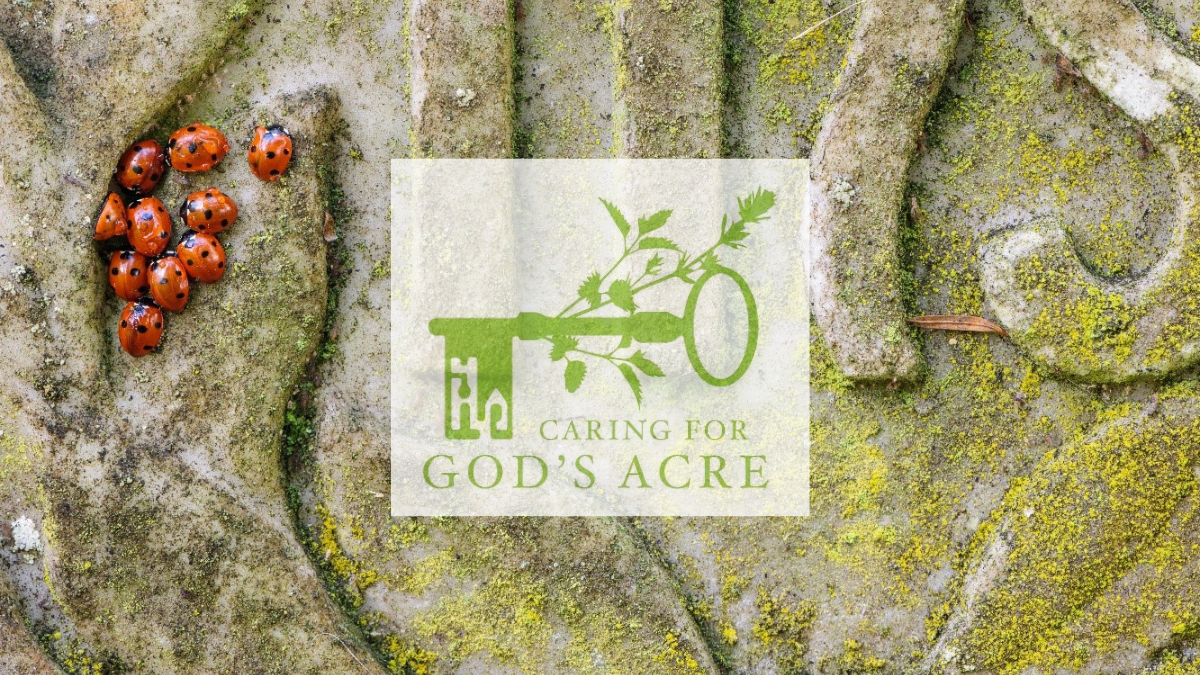
Ladybirds: Tiny Heroes in Polka-Dot Armour
The ladybird, with its stylish and cheerful polka dot outfit, holds a special place in our hearts. Few other insects, apart from perhaps the butterfly, evoke as many positive emotions and superstitions as the ladybird. Many cultures believe that ladybirds are a symbol of good luck and new beginnings. In fact, the belief that ladybirds are associated with positive qualities is nearly universal – from Slavic, European, and Asian cultures to Native Americans.
There are 46 different species of ladybirds in the UK and about 5,000 species worldwide. While some sport the classic red with black spots look, others come in shades of yellow, orange, or even black with red spots. All ladybirds are beetles and have a larval and adult form with the classic round and colourful ladybird being the adult whilst the larvae tend to be thin and black.
Many species of ladybird hatch from pupae in August or September so look out for a new generation of adults feeding up ready to overwinter. Ladybirds are voracious predators of aphids and other garden pests, serving as natural pest-control agents and helping to keep plants healthy. In fact, a single ladybird can devour up to 5,000 aphids and other plant-eating pests in its lifetime, making them invaluable allies to gardeners and farmers alike.
Despite their diminutive size, ladybirds are not without their challenges. Predators, parasites, and even rival ladybirds pose threats to their survival. Birds, spiders, and other insects prey on them. They do have defences against predators however, their bright red colour is a warning that they don’t taste nice and when attacked they give off a yellow liquid which is rich in toxic alkaloids.
Churchyards and cemeteries can be great for ladybirds as they tend to be free of insecticides and full of food. There are lots of places where ladybirds can find a safe place to spend the winter, often in large clusters where they remain inactive until about March when they emerge to feed and breed. Monuments including chest tombs, gaps made by tree roots, wood piles, spaces beneath flaking bark, leaf litter, tussocky grass and drystone walls are full of potential places to overwinter.
With their rounded bodies and distinctive markings, ladybirds are easily recognisable. If you see a ladybird, take a photo, count its spots and make a note of both spot and background colours. The spot number indicates which species it is, not some people believe, how old it is. Please let us know what you find in your local churchyard or cemetery and enjoy hunting for these iconic creatures.
All the best,
Diocesan Churchyard Environmental Advisor
www.caringforgodsacre.org.uk - individuals and groups in the diocese receive 20% members discount on all CfGA materials. Use the discount code diomem22
